'Knoll offers a masterclass in the adaptability of grass': The Dorset garden that went from tourist attraction to specialist nursery
Tilly Ware visits Knoll Gardens in Dorset, which offers a masterclass in grasses and how to make your garden stay beautiful for longer.
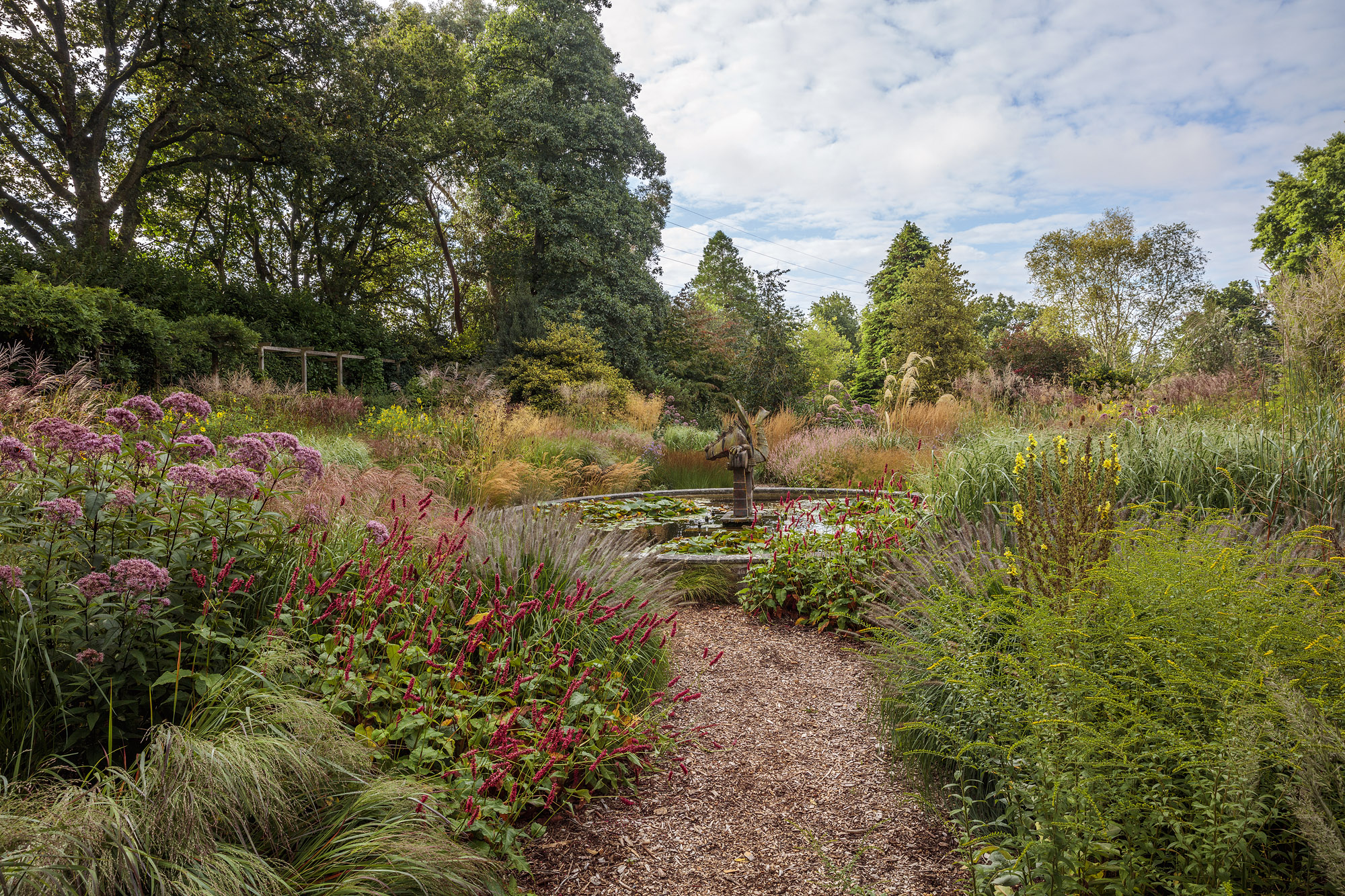
At flower shows, everyone wanted to talk,’ remembers nurseryman and grass specialist Neil Lucas. ‘It was both the plant and the advice they wanted. This place is built around that.’
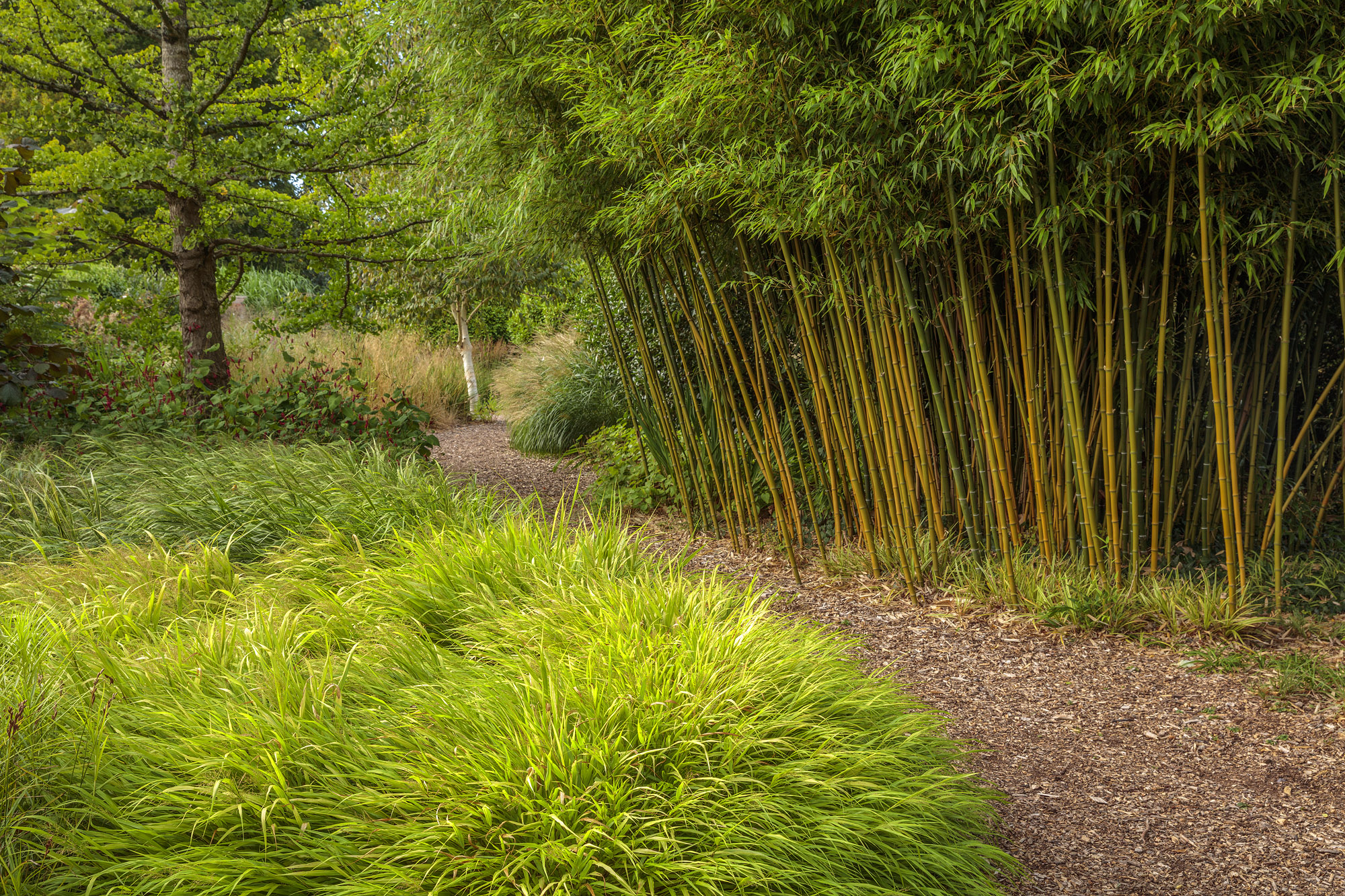
At Knoll Gardens in Dorset, Neil has spent decades experimenting, testing and observing how grasses work in every sort of environment. ‘When we arrived in 1994, this was a botanic garden run as a tourist attraction,’ explains Neil. ‘We would serve 100 cream teas a day.’ Undaunted by coach parties and gaudy bedding-out, he set about transforming his four acres into an innovative, sustainable and naturalistic garden and nursery.
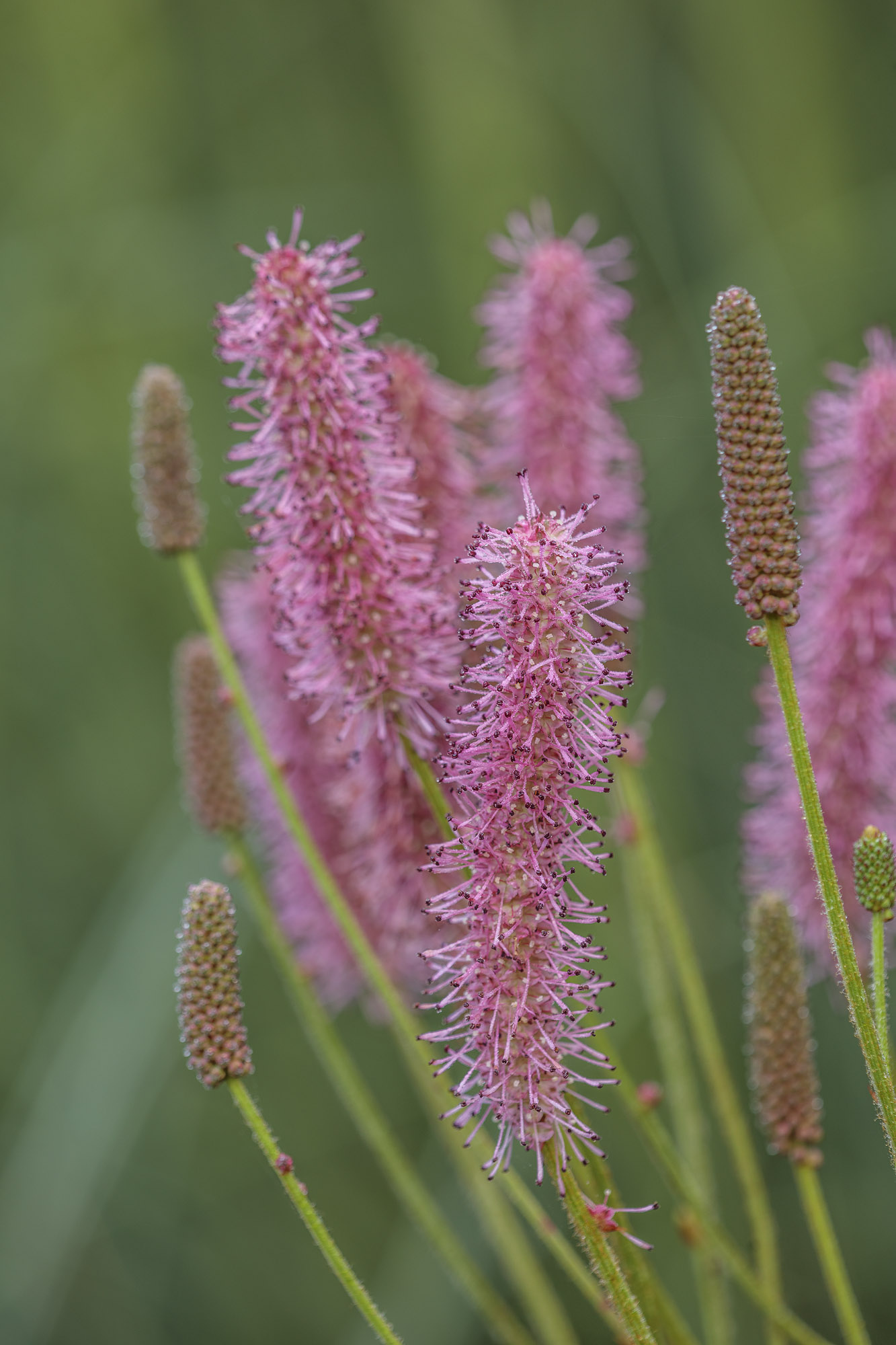
Sanguisorba ‘Blackthorn’ is a is a herbaceous perennial that typically grows to 1-1.2m in height.
At first, he had no thoughts of being a grass specialist: ‘I just wanted to develop the nursery and if you specialise, you stand out. Grasses are also so adaptable. They aren’t really interested in soil type: it is about sun or shade, wet or dry.’ A trip to California in the US was a further epiphany, where the native plant communities helped him ‘understand the processes and principles that led to beautiful arrangements’. Piece by piece, Neil reshaped Knoll into a series of habitats, where hundreds of different grasses blend with perennials, bulbs and shrubs.
Immediately striking is the profusion of mature specimen trees. The original arboretum, planted in the 1970s and limbed up by Neil, included beautiful willow oaks, Quercus phellos, a Eucryphia x nymansensis that now hurls flowers far into the sky, as well as colossal eucalyptus and ginkgos.
There are plentiful smaller trees and shrubs, too: spindles dangling neon fruits among the autumn seedheads, jaunty fuchsias, crimson acers and Itea ilicifolia, whose catkins are, according to Neil, ‘a nightclub for moths’. The varied canopy meanders over much of the garden, throwing rippling light and shadow onto the planting below and avoiding the monotony of many grass-dominant schemes. Narrow paths weave through areas of woodland, opening suddenly to broad lawns or densely packed borders, before heading back into deep banks or undulating scree. Knoll offers a masterclass in the adaptability of grass.

Echinacea SunSeekers Red is a good recent selection with a large central cone that forms an attractive seedhead. Coneflowers are short-lived perennials that require an open spot in full sun — they will not be happy in wet ground, especially over the winter.
In the Stream Garden, swathes of libertia and sanguisorba push through Panicum virgatum ‘Blue Steel’ and Deschampsia cespitosa, as the evergreen slender sweet flag, Acorus gramineus ‘Ōgon’, forms soft round pillows along the path edge towards the Damp Garden and Shady Meadow. In the sunbaked Gravel Garden, Neil used light, airy Poa labillardierei, a steely-blue Australian tussock grass, in spacious pools of planting with Scabiosa columbaria and Oenothera lindheimeri. The Dragon Garden, recently replanted in a prairie style, goes all out for colour and drama. Neil wanted ‘new varieties, more exuberance and a greater celebration of variety and form’. Towering grasses and perennials are arranged around a formal, circular pool, with a single, tiny path in and out, so that silky tassels of Miscanthus brush your cheeks. Solidago rugosa ‘Fireworks’ and Persicaria amplexicaulis ‘Fat Domino’ jostle with Stipa gigantea, Pennisetum alopecuroides ‘Black Arrow’ and Panicum amarum ‘Sea Mist’. Calamagrostis x acutiflora ‘Karl Foerster’ stands to attention, threaded through with Symphyotrichum ‘Prairie Purple’. It is the horticultural equivalent of a musical’s big closing number, jubilant and uplifting.

It’s easy to see why Imperata cylindrica ‘Rubra’ is known as Japanese blood grass. It is a plant for containers as well as borders and is long lived, but can take a while to establish.
Grasses are easy-going, points out Neil, requiring little other than a cut back in February or a combing through of evergreen species when looking a little tatty. The hardest thing about them is their bewildering number. He suggests starting with broad groups: ‘Pennisetum make a rounded, solid dome with bushy flowers. Panicum have tiny flowers, but millions of them, like a cloud. Miscanthus are tall with fluffier plumes, Calamagrostis are stiffer.’ You can also plan a rolling succession: ‘An early-season grass, such as Stipa calamagrostis ‘Algäu’, will already have seedheads in August, when the molinias will only just be getting going.’ New shoots start to form a vibrant green tapestry across the garden in April, creating a fresh backdrop to summer perennials, then the grasses seize the limelight for their vivid autumn climax before fading into soft shades of caramel, toffee, silver, biscuit and ivory.
Knoll’s encyclopaedic website has a picture gallery for each part of the garden throughout the year, with recommendations for dry shade or which species best catch the morning light; the exceptionally knowledgeable staff answer dozens of questions a day by email or phone. ‘In the past, people had a single ornamental grass as an individual in a lawn,’ notes Neil ‘whereas now they are whole-project led and understand their influence on the environment. The toughness and durability of grasses is valued more than ever.’
Visit the Knoll Gardens website for more information
This feature originally appeared in the July 30, 2025, issue of Country Life. Click here for more information on how to subscribe
Tilly Ware is a gardener and gardening writer.
-
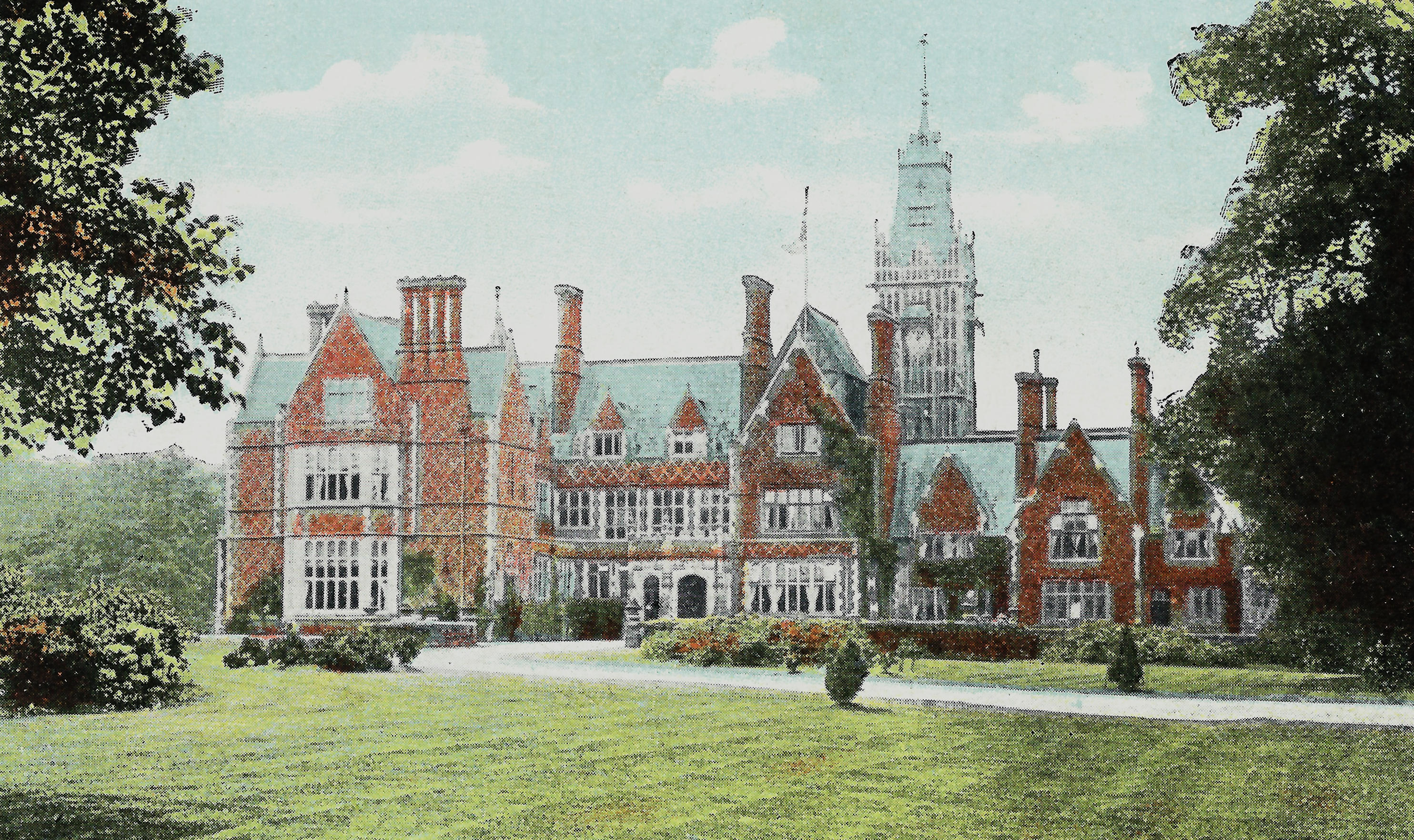 'Never has there been a more important time to publicise great Victorian and Edwardian buildings in peril': The importance of saving our historic buildings
'Never has there been a more important time to publicise great Victorian and Edwardian buildings in peril': The importance of saving our historic buildingsFor the 16th year, the Victorian Society is calling on the public to nominate Victorian or Edwardian buildings in England and Wales that are in need of saving.
-
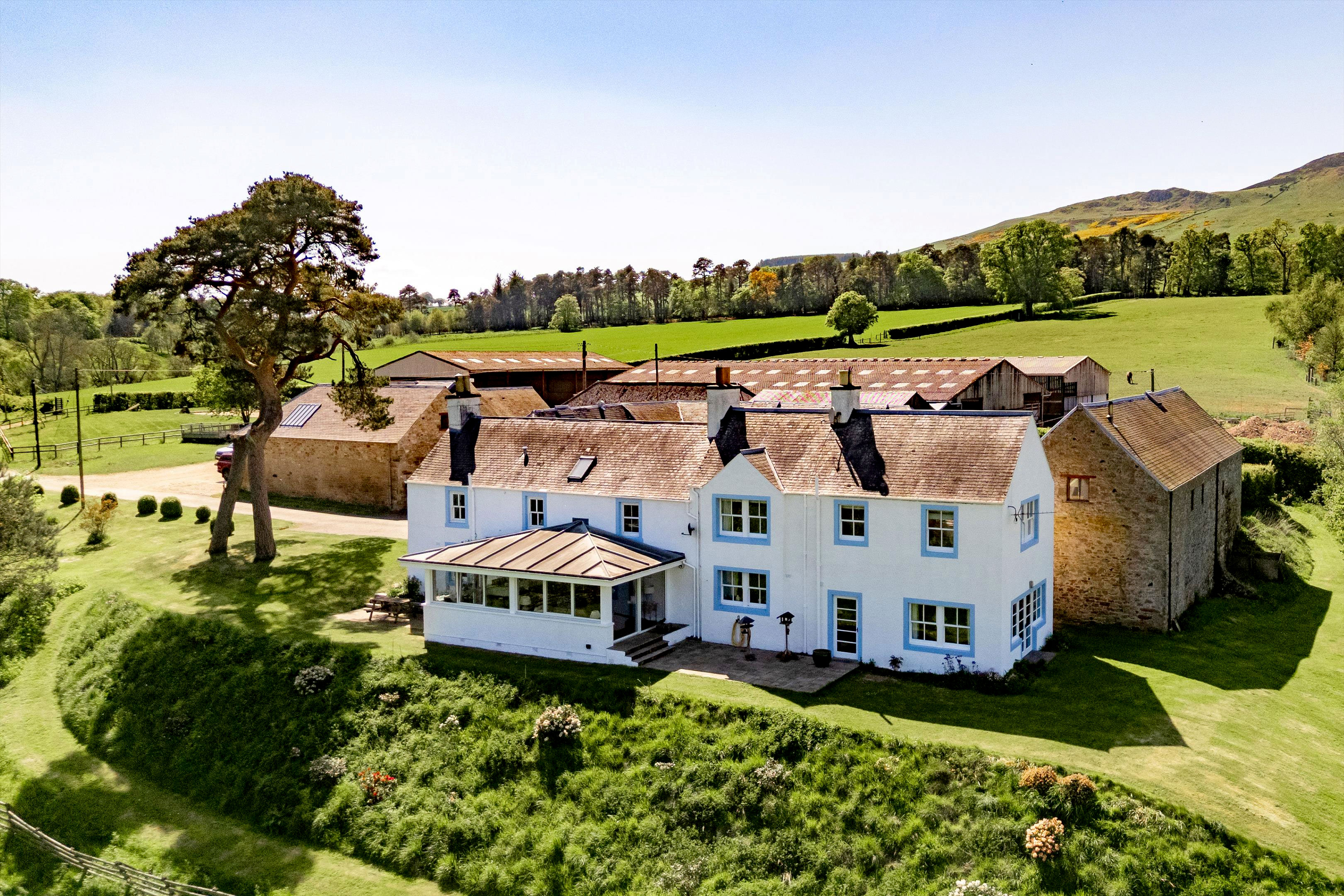 A beautiful old farmhouse in 15 acres of breathtaking Scottish scenery, for sale at just £825,000
A beautiful old farmhouse in 15 acres of breathtaking Scottish scenery, for sale at just £825,000A wonderful country home with almost 15 acres of land has come up for sale at a price which will make urban dwellers question their life choices.
-
 'My family wore wool at a time when everyone else had cast it off in favour of manmade fabrics': The knitwear pioneer who is one of David Beckham's countryside champions
'My family wore wool at a time when everyone else had cast it off in favour of manmade fabrics': The knitwear pioneer who is one of David Beckham's countryside championsJulie Harding speaks to Rachel Carvell-Spedding the founder of British knitwear brand Navygrey, and one of David Beckham's countryside champions.
-
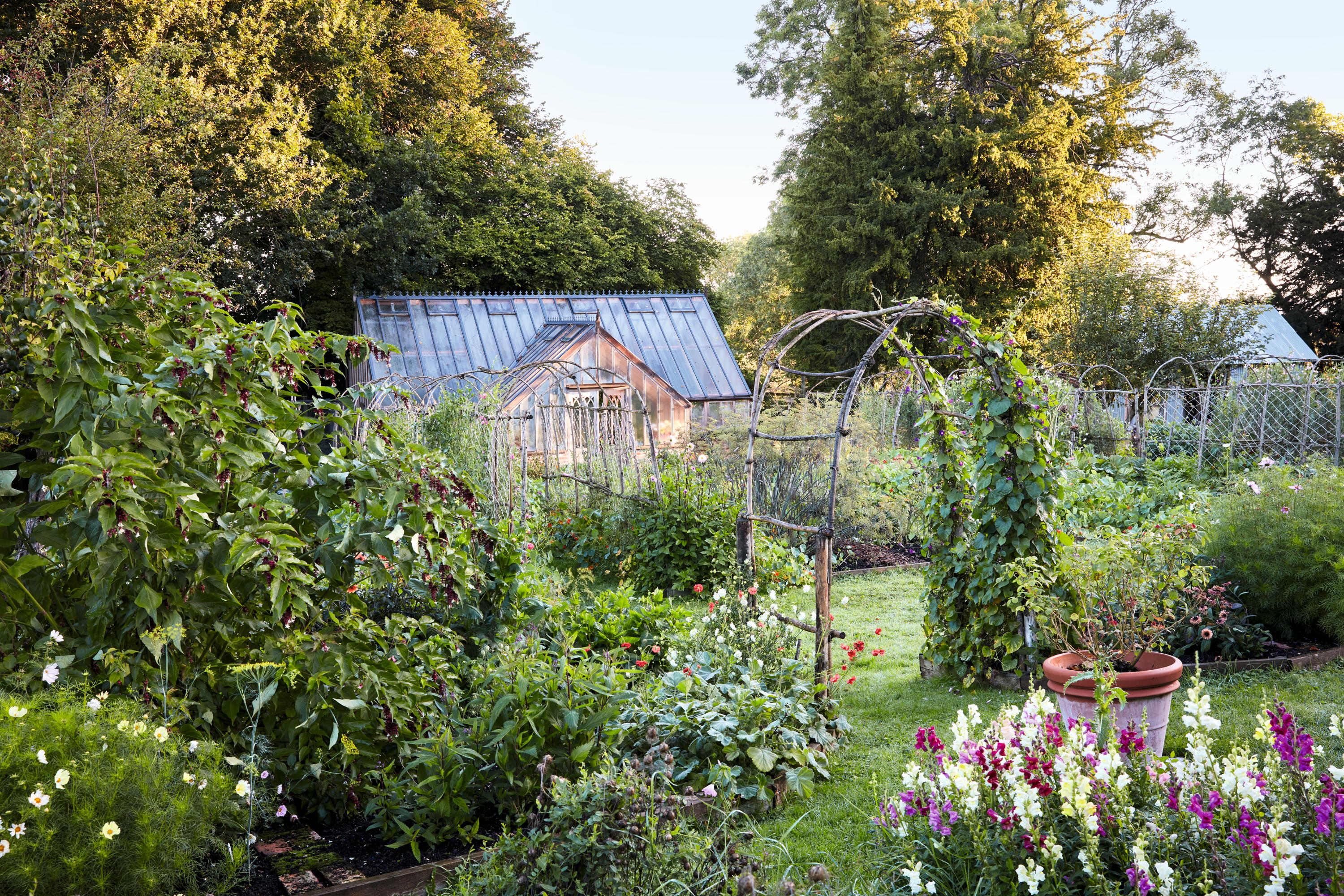 James Alexander-Sinclair: Making a new garden for someone is 'thrilling', but we need more sensitive and skilled gardeners to look after them
James Alexander-Sinclair: Making a new garden for someone is 'thrilling', but we need more sensitive and skilled gardeners to look after themPay your gardeners properly, says James Alexander-Sinclair as, without them, you will have no garden.
-
 'Seeing the work that people are doing all around the world has given me hope for the future': The young naturalist who is one of David Beckham's countryside champions
'Seeing the work that people are doing all around the world has given me hope for the future': The young naturalist who is one of David Beckham's countryside championsJulie Harding speaks to Ramandeep Nijjar, a young naturalist who has made an impact on the world even before finishing university, and one of David Beckham's countryside champions.
-
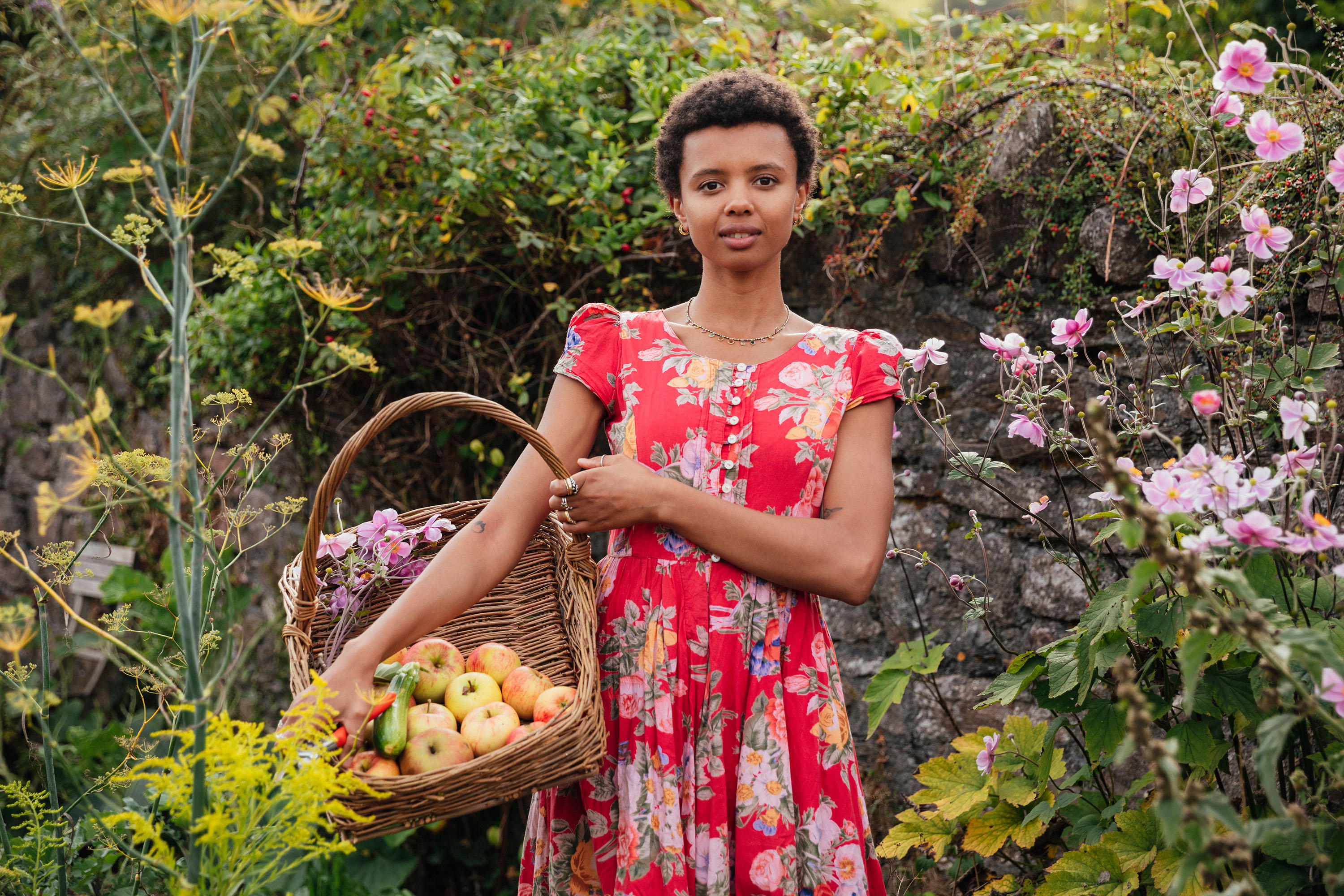 Poppy Okotcha, the model turned gardener who is one of David Beckham's countryside champions
Poppy Okotcha, the model turned gardener who is one of David Beckham's countryside championsPoppy Okotcha, the 29-year-old ecological community grower, garden content creator, author — and also one of David Beckham's countryside champions — speaks to Julie Harding.
-
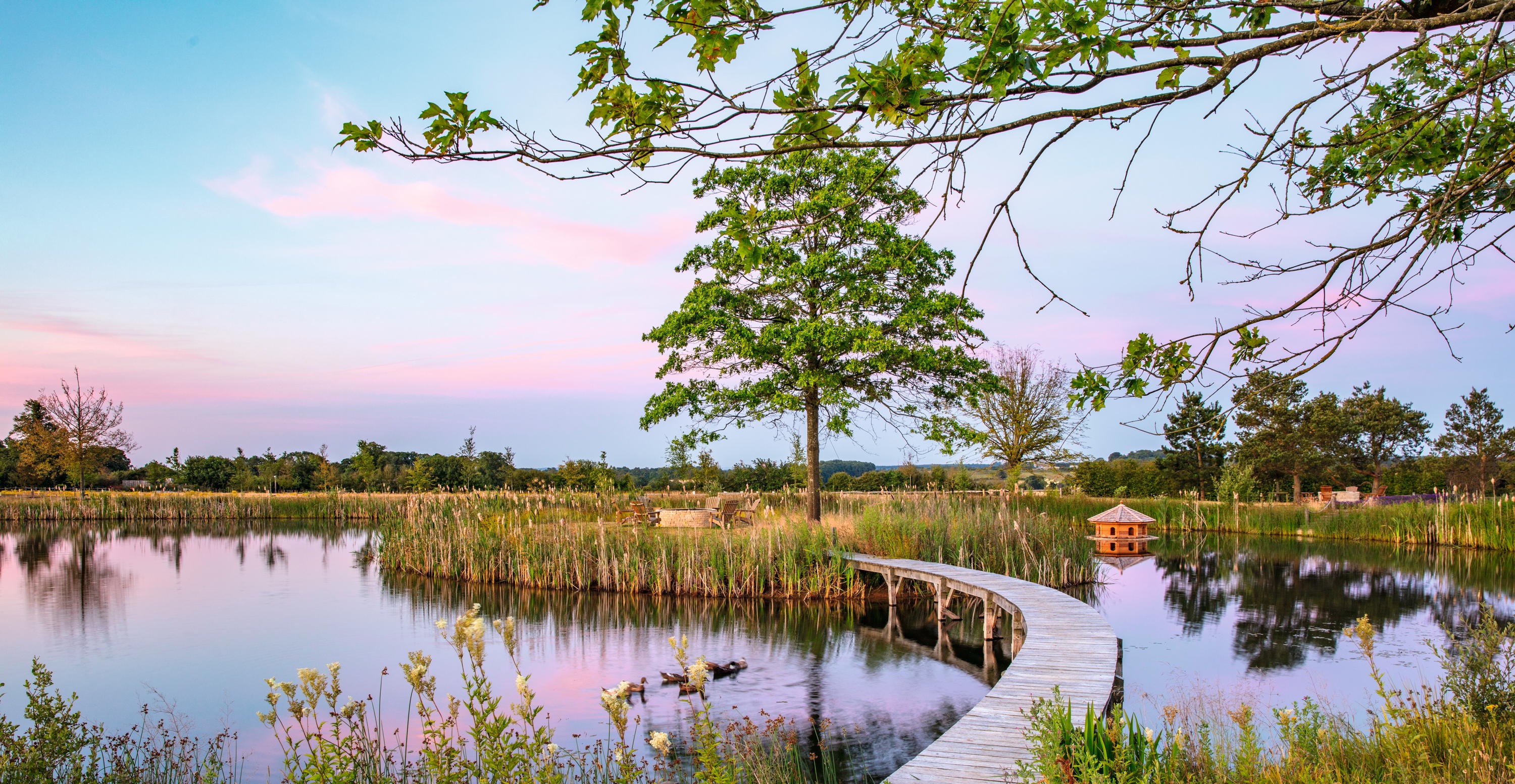 'I bought it without telling Victoria. She didn’t want another project... I sat her down, gave her a vodka and tonic and told her what I’d done': David Beckham tells Alan Titchmarsh about his Cotswolds home and garden
'I bought it without telling Victoria. She didn’t want another project... I sat her down, gave her a vodka and tonic and told her what I’d done': David Beckham tells Alan Titchmarsh about his Cotswolds home and gardenOn an open and windswept tract of land in Oxfordshire, where once stood some derelict barns and a lone maple tree, our guest editor Sir David Beckham has created a haven for his family and his honeybees. Photographs by Clive Nichols and Millie Pilkington.
-
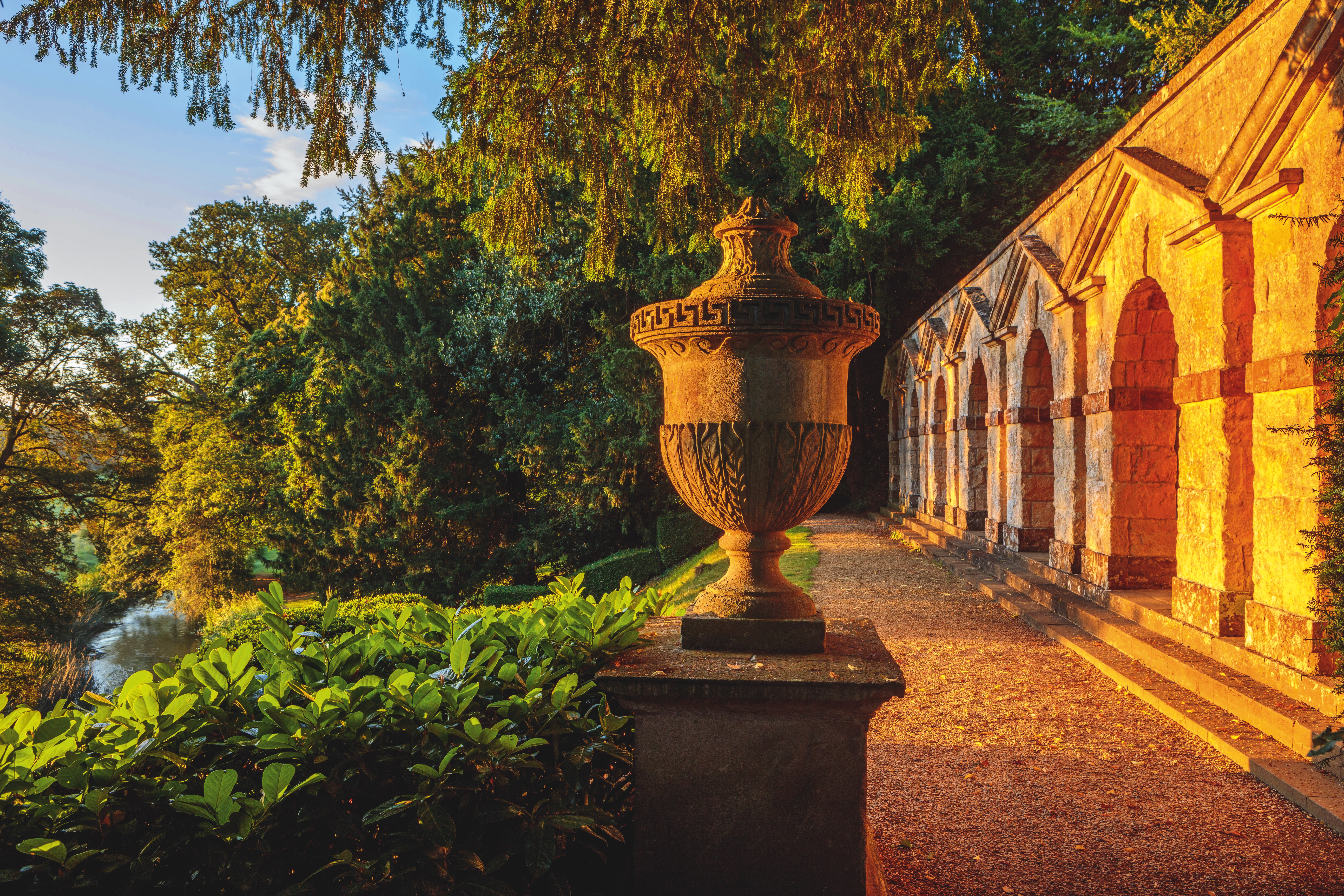 'One of the truly great gardens of the world' is at risk of having its vistas and tranquility blighted forever
'One of the truly great gardens of the world' is at risk of having its vistas and tranquility blighted foreverThe views from Rousham, the birthplace of the English landscape-garden movement, are at risk of development if plans for the nearby former RAF Upper Heyford Air Force base get the go-ahead.
-
 How Harper Beckham created the perfect gardener's birthday present for her father's 50th — with a little help from David Austin Roses
How Harper Beckham created the perfect gardener's birthday present for her father's 50th — with a little help from David Austin RosesWhen Harper Beckham wanted to commission a rose for her father’s birthday, there was only one man for the job, says Charles Quest-Ritson, as he takes a closer look at the science behind creating a new David Austin bloom.
-
 'You could walk round it every day and always notice something new': A private tour of the garden of multiple Chelsea gold medallist John Massey
'You could walk round it every day and always notice something new': A private tour of the garden of multiple Chelsea gold medallist John MasseyInspired by his friends Christopher Lloyd and Princess Greta Sturdza, nurseryman and plant breeder John Massey has made a garden in Worcestershire that never ceases to delight, writes Charles Quest-Ritson. Photographs by Clive Nichols